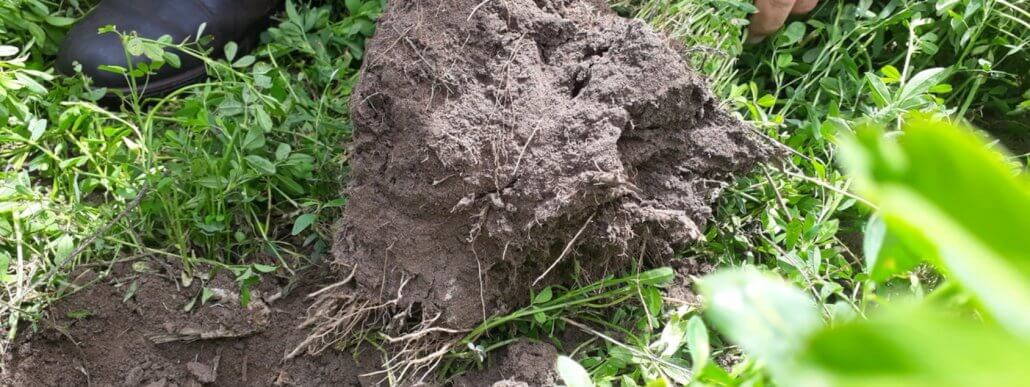Recently I’ve been wondering how farmers survived the drought. Why did some farmers survive and others didn’t. There must be something that they did differently that helped them through the drought. Is it soil carbon?
The evidence
Soils high in carbon works just like a sponge in the way that it absorbs water and supply’s it to plant roots as they need it. According to the Natural resources conservation service, for every 1 % increase in soil organic matter (0.58% increase in carbon), soils can hold up to 187 080 more liters of water per hectare than usual. If you take a 500 hectare farm for example, 93 540 000 liters more water will be held in the soil with just a 0.58% increase in carbon. Now I’m convinced that it was carbon that carried farmers through the drought!
How to build soil carbon
- Permanent pastures: Organic substances are released and root hairs are shed during plant growth, increasing soil carbon.
- Multi species: Multi species ensure that carbon is distributed through the different layers of soil.
- Crop residues: Root and shoot remains decompose after plants die off, adding carbon to the soil.
- Continuous ground cover: If soils are left bare, soil carbon will be baked and lost from the soil.
- Minimum or zero tillage: Tillage of the soil releases carbon from soils.
- Application of organic fertilizers: Organic fertilizers can assist in building carbon in soils
Farm management practices should be wired towards sequestration of carbon from the atmosphere. The best way to do this is through roots in soils!
The video below discusses this further

